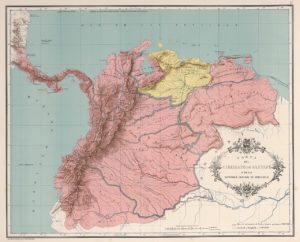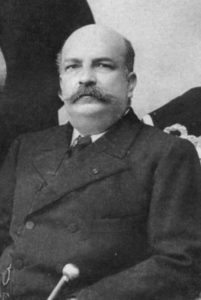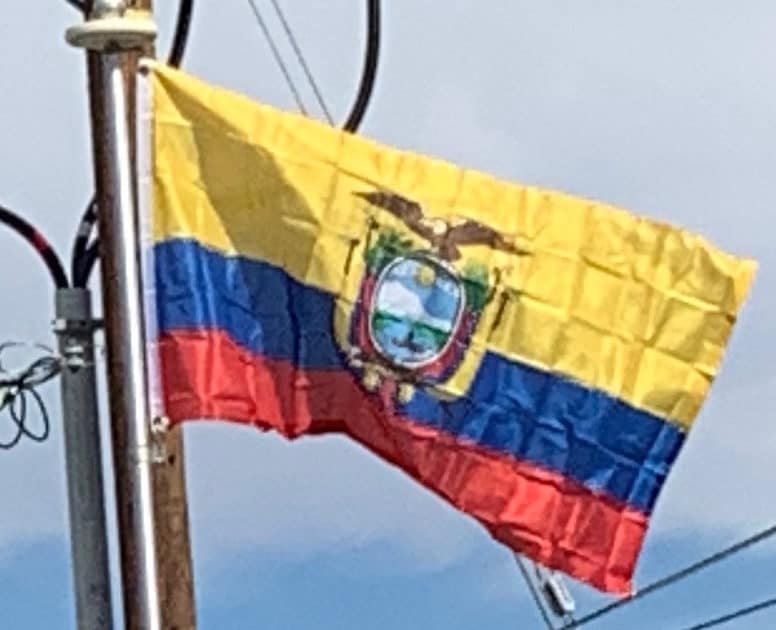
Peru began occupying the defenseless missionary villages in the Mainas or Maynas region, which it began calling Loreto, with its capital in Iquitos. During its negotiations with Brazil, Peru stated that based on the royal cedula of 1802, it claimed Amazonian Basin territories up to Caqueta River in the north and toward the Andes Mountain range, depriving Ecuador and Colombia of all their claims to the Amazon Basin. Colombia protested stating that its claims extended south toward the Napo and Amazon Rivers. Ecuador protested that it claimed the Amazon Basin between the Caqueta river and the Marañon-Amazon river. Peru ignored these protests and created the Department of Loreto in 1853 with its capital in Iquitos which it had recently invaded and systematically began to occupy using the river systems in all the territories claimed by both Colombia and Ecuador. Peru briefly occupied Guayaquil again in 1860, since Peru thought that Ecuador was selling some of the disputed land for development to British bond holders, but returned Guayaquil after a few months. The border dispute was then submitted to Spain for arbitration from 1880 to 1910, but to no avail.
In the early part of the 20th century, Ecuador made an effort to peacefully define its eastern Amazonian borders with its neighbors through negotiation. On May 6, 1904, Ecuador signed the Tobar-Rio Branco Treaty recognizing Brazil’s claims to the Amazon in recognition of Ecuador’s claim to be an Amazonian country to counter Peru’s earlier Treaty with Brazil back in October 23, 1851. Then after a few meetings with the Colombian government’s representatives an agreement was reached and the Muñoz Vernaza-Suarez Treaty was signed July 15, 1916, in which Colombian rights to the Putumayo river were recognized as well as Ecuador’s rights to the Napo river and the new border was a line that ran midpoint between those two rivers. In this way, Ecuador gave up the claims it had to the Amazonian territories between the Caquetá River and Napo River to Colombia, thus cutting itself off from Brazil. Later, a brief war erupted between Colombia and Peru, over Peru’s claims to the Caquetá region, which ended with Peru reluctantly signing the Salomon-Lozano Treaty on March 24, 1922. Ecuador protested this secret treaty, since Colombia gave away Ecuadorian claimed land to Peru that Ecuador had given to Colombia in 1916.

In July 21, 1924, the Ponce-Castro Oyanguren Protocol was signed between Ecuador and Peru where both agreed to hold direct negotiations and to resolve the dispute in an equitable manner and to submit the differing points of the dispute to the United States for arbitration. Negotiations between the Ecuadorian and Peruvian representatives began in Washington on September 30, 1935. These negotiations were long and tiresome. Both sides logically presented their cases, but no one seemed to give up their claims. Then on February 6, 1937, Ecuador presented a transactional line which Peru rejected the next day. The negotiations turned into intense arguments during the next 7 months and finally on September 29, 1937, the Peruvian representatives decided to break off the negotiations without submitting the dispute to arbitration because the direct negotiations were going nowhere.
